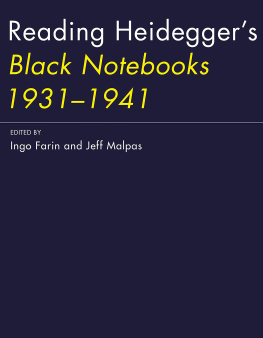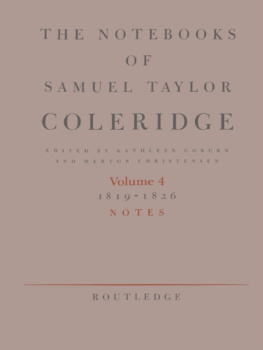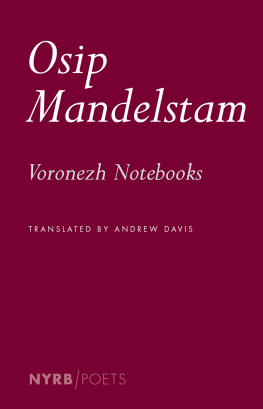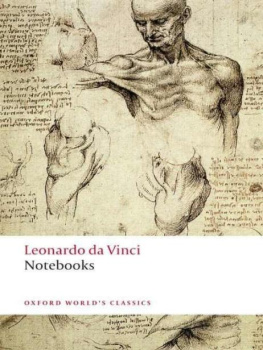Formation of the Analyst
Psychoanalytical Notebooks
Issue 36, December 2020
Director of NLS Publications: Alexandre Stevens
Consulting Editor: Pierre-Gilles Guguen
Editor in Chief: Janet Haney
Issue Editor: Peggy Papada
Editorial Team: Aino-Marjatta Mki, Colin Wright
Text setting & cover design: Linda Lundin
Translator: Philip Dravers
Proofreading: John Haney
Published by the London Society of the NLS
Correspondence Address:
Psychoanalytical Notebooks, 42D Maple Street, London W1T 6HF, UK
Email:
Copyright Psychoanalytical Notebooks, December 2020
ISBN 9781916157637
Contents
Lacans desire for a school of psychoanalysis went beyond Freud, beyond Oedipus, beyond the structure of the all and its antinomic element. This was the logic of all men born of a father who stands as the exception, guarding jouissance and enjoying all women. Impossibility and prohibition of jouissance are inherent in this structure, which leads to rigid classifications. Yet in the Lacanian School there is no exception, but rather an ensemble, or rather a series of exceptions, of solitudes incomparable to each other and as such the school is not-all in the sense that it is logically inconsistent, and presents itself in the form of a series in which a law of formation is missing.
In the Founding Act of Lacans school in 1964 what is most striking is the absence of a definition of what a psychoanalyst is. Instead, the word work permeates the text and what is specified is the schools basic organ, the cartel. The anti-segregative, anti-didactic mechanism of the cartel provides a social link whereby everybody works together and at the same level around a project called psychoanalysis. It is the transference to psychoanalysis and to the analytic discourse, rather than an ideal, that allows singularities to hold together. Work transference encourages each member to participate actively in psychoanalysis, to think about theory and practice, and not simply to remain in a position of consuming texts and various teachings without implicating oneself, ones own question and ones own body.
The school is the organism in which there is work to be accomplished. It is inseparable from the training to be dispensed. One becomes a psychoanalyst through the experience of encountering the real through ones symptom.
Nevertheless, how to teach what cannot be taught is a question throughout Lacans teaching: how can psychoanalysis be taught, how can a knowledge be taught to all when this knowledge emerges from the intimacy of the analytic situation where, for example, interpretation aims at a momentary act of saying and knowledge is acquired only by means of going through an experience which is singular and incomparable? How can one transmit something without falling prey to either the traps of mastery, thinking oneself as univocal, or to the snares of the university discourse, where the ideal I prevails?
Lacans response to the question of how to demonstrate a formation based on the principle of self-authorisation is the pass. The event of the pass is the act of saying on the part of a sole person, the Analyst of the School, when he puts his experience into order, when he or she testifies in front of an audience to his or her analytical path.
We are privileged to publish in this issue of the Psychoanalytical Notebooks a series of texts by psychoanalysts of the World Association of Psychoanalysis who have gone through the procedure of the pass and been nominated and who, one by one, tell us something about the formation of the analyst and its three pillars of analysis, supervision and the cartel (i.e. the study of psychoanalysis). Right now, in the New Lacanian School, there is a dynamic interest in the end of analysis, in the production of analysts and in the transmission of psychoanalysis itself, and this was testified to in the inaugural event on The Pass in Our School, the Teaching of the AS , held in Ghent, in September 2019. This was a response to the nomination of Florencia F.C. Shanahan the first Analyst of the School to have gone through the procedure of the pass within the NLS.
The first four papers of the current issue (Laurent Dupont, Formation of the Analyst, the End of Analysis; Bruno de Halleux, The Rhinoceros and the Desire of the Analyst; and Patricia Tassara, Supervision and From Dreams to Body Event) have all been taken from presentations recently delivered in London during a series of events on the Formation of the Analyst organised by the London Society of the NLS. The last two papers (Florencia F.C. Shanahan, Present; Vronique Voruz, Bodies Captured by Discourse) were given in online events organised by our NLS colleagues in Berlin (Lacanian Orientation in Berlin) and Dublin (Irish Circle of the Lacanian Orientation) respectively. This testifies to an ongoing interest in and desire for the question of formation in the members of our community at large.
The formation of the analyst is at the foundation of the school of Lacan. The analytic discourse exists because it is the analysand who supports it. There cannot be an analyst without being an analysand, just as there cannot be an Analyst of the School without the school. The permanence of formation of the analyst-analysand, as Laurent Dupont puts it in the first paper of this issue, as the underlying principle of the Lacanian orientation means a continuous ascesis of working to become an analyst.
Peggy Papada
December 2020
Laurent Dupont
Formation of the Analyst, the End of Analysis
Laurent Dupont
Presentation given 19 January 2019, as part of the Formation of the Analyst series of events, organised by the London Society of the New Lacanian School. Laurent Dupont is Analyst Member of the School (AMS), the current president of the ECF and member of the WAP.
Every psychoanalytic institution, of whatever kind, awards the title of analyst to those candidates whom they consider, after a designated procedure, to have finished their analysis. So there is a relation between the end of the analysis and being an analyst. The formation of the analyst is, first and foremost, his or her analysis. To this Lacan will add supervision and the cartel. We will focus today on analysis because it is the central focus of training for all psycho-analytic organisations.
What Is the End of an Analysis?
For those who are oriented by Lacan, the end of the analysis implies a procedure: the pass. In 1967 Lacan formalised this procedure in the now classic text: Proposition of 9 October on the Psychoanalyst of the School. It does not come out of the blue. In 1964 he had been according to his own expression excommunicated from the IPA. This led him to cancel the seminar he had been preparing and to return instead to The Four Fundamental Concepts of Psychoanalysis : the drive, transference, repetition and, of course, the unconscious. But the title that Jacques-Alain Miller gives to one of the chapters that deals with the unconscious should make us prick up our ears. This title, The Freudian Unconscious and Ours, is proof of a distance that separates Lacan from Freud, an autonomy. The introduction of object a shakes things up, and three years later Lacan will propose two titles, two nominations for analysts of his school: AMS and AS, and these are still in force today.
In the Proposition, he specifies things as follows: The AMS or Analyst Member of the School [is] constituted simply by the fact that the school recognises him as a psychoanalyst who has proved himself. I will not develop this, but here we have the version of the analyst at work, the one who analyses patients, who is at work in his practice, who gives supervision, who takes part in cartels, teaches, exposes his practice... etc. And The AS, or Analyst of the School, who is characterised as being among those who are able to testify to crucial problems for analysis, at the vital point they have come to, especially insofar as they themselves are working on them or at least working towards resolving them. This often gets translated as able to testify to the crucial problems of psychoanalysis, yet Lacan is very clear that it concerns crucial or vital points that they have arrived at insofar as they themselves are at work at or at least on the brink of solving them. It is also about being put to work, but not in a professional capacity, analysing patients, but rather as testifying for analysis testifying to the logic of the cure, to its effects and to its vital points.

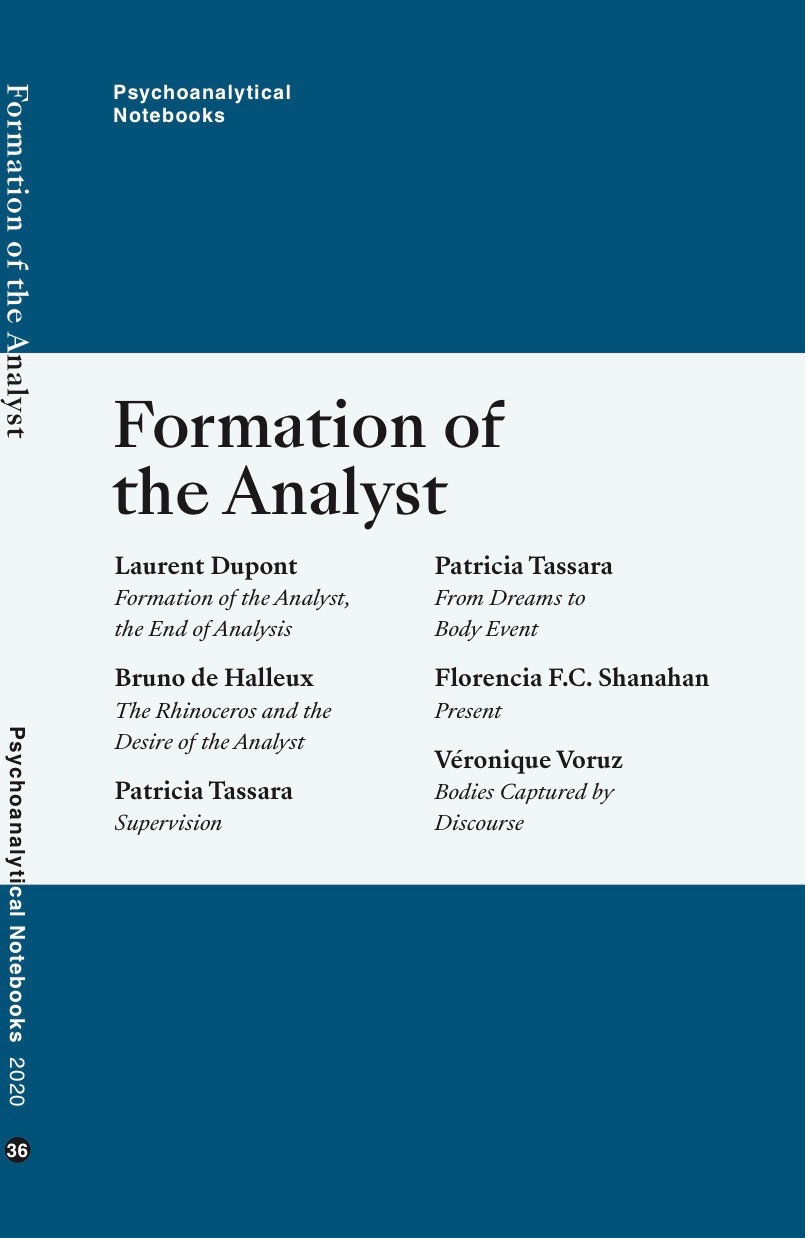


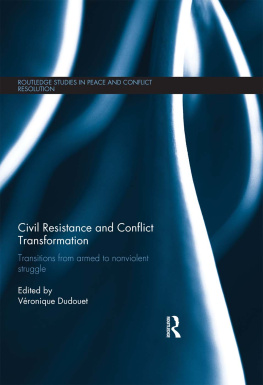
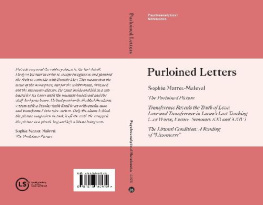
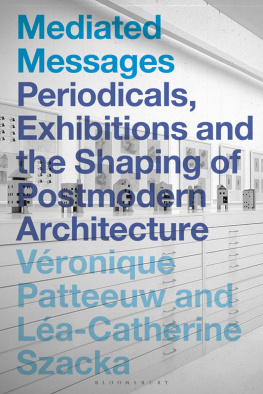
![Heidegger Martin - Ponderings. [1]: Black notebooks: Ponderings II-VI: black notebooks 1931-1938](/uploads/posts/book/212464/thumbs/heidegger-martin-ponderings-1-black.jpg)
